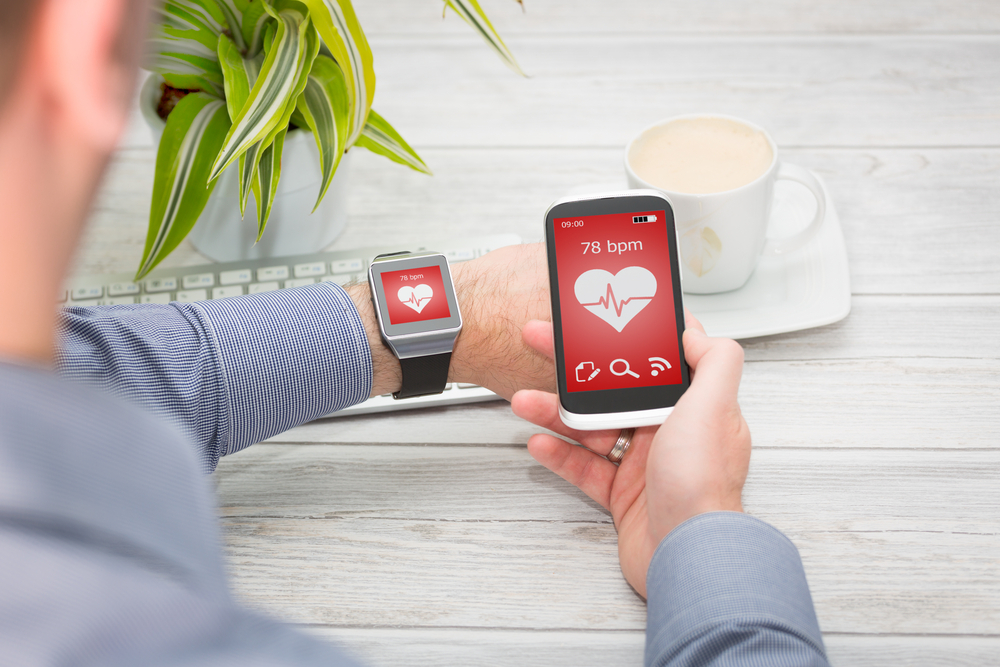By covering many industries under its ambit owing to its flexible and optimal performance, wearable technology is having a profound impact on mobile app development trends. As an engineering evolution, wearable technologies are a glimpse into a world of seamless connectivity. With the rapid mobilization of futuristic technologies, life, industry, and commerce have been redefined. Industries like fashion, education, healthcare, finance, gaming, media, transportation, tourism, and music can be greatly impacted by wearable technologies. In the fourth quarter of 2020, global wearable product shipments hit 153.5 million, according to the International Data Corporation (IDC).There are many forms of wearables available today, from headgear, smartwatches, smart glasses, and smart footwear among others. The advent of technologies like 5G and the Internet of Things (IoT) have only further accelerated the adoption of wearables.
As a consequence, the development of tailor-made mobile apps is also increasing at an expedited pace. So, let’s take a closer look at how these trends are affecting the development of mobile apps today, based on insights.
IoT
A digital mesh of interconnected devices, the adoption of IoT has significantly impacted the market for wearables. A data exchange is enabled by the connected devices for desired smarter living outcomes. Today, connectivity is a basic feature of wearable devices that has fostered the adoption of IoT. Today, with a heightened awareness for health and wellness, the healthcare sector is set to be revolutionized with the adoption of IoT and consequently wearables. Highlighted below are some of the wearable devices with IoT features that healthcare institutions are launching.
- Wearable defibrillators for heart patients.
- Glucose trackers
- Tracking apps for cancer and patients with other terminal diseases
- Remote asthma monitors
- Sports utility equipment to avoid concussions
Undoubtedly, the future for wearable tech is set to be influenced in a big way by IoT. Apart from healthcare, other industries like home-care are also set to launch their own range of wearable devices in the near future. According to an Economic Times article, The Ministry of Electronics and IT (MeitY) is roll out an incentive scheme for the indigenous manufacturing of wearables and even IoT connected devices in India. With devices like the iWatch and the smart lens, Apple and Google are aiming for retail consumers. Samsung offers handheld IoT applications for fleet management in addition to the Galaxy smartwatch.
Customized functions and features for apps
Ostensibly, wearable app development providers are emphasizing on in-app functionality to drive adoption. A side effect of building tailor-made apps for devices is that the use of APIs means that fewer resources in terms of hardware and memory are needed. Not only does it bring down app development times but also the overall cost of developing the app. Today, wearable software production programmes in countries where 5G is available are at the forefront of influencing the future of wearable technology.
Today, everything from one’s heart rate, pulse, blood pressure, blood oxygen, temperature, sleep patterns, calories burned, exercise regime, to the steps walked can be tracked. The major market for wearables today is with smartglasses and smartwatches that have seen wide-spread adoption across the world. In case of health-conscious customers, who have increased during the pandemic, or those with critical illnesses, certain features can help better them with better overcomes and the early detection of symptoms. For instance, an article by sciencedaily highlights that wearables can help with the early detection of COVID-19 symptoms and lead to better healthcare outcomes.
The road ahead
Wearable gadgets provide consumers with a variety of lifestyle advantages in addition to the novelty aspect. Wearable technologies have ample grounds for use after the pandemic, with touchless corporate processes, on-demand intervention, and an immersive interface. A corroborating factor of this is that wearable device manufacturing is picking up pace and so is the engineering of customized apps.



